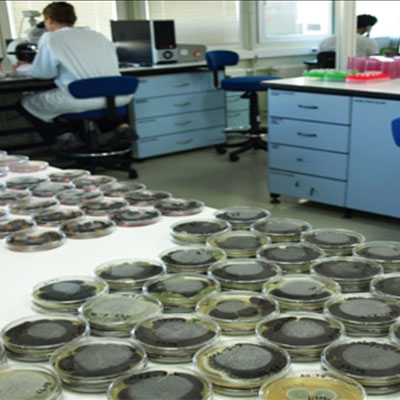proline analysis (HPLC)

Much has been heard about the fraud in honey in recent years. In this regard, the Ministry of Food, Agriculture and Livestock has taken a very serious step and the Turkish Food Codex Communiqué on Honey (Communiqué no: 2012 / 58) has increased the proline limit values in honey. Accordingly, the proline limit value of 180 mg / kg was increased to 300 mg / kg in honey, secretion honey and their mixture. The Ministry announced the lowest limit of proline in canola, linden, citrus, lavender and eucalyptus honeys among flower honeys as 180 mg / kg and 120 mg / kg in rosemary and acacia honey.
In this way, the Ministry of Food, Agriculture and Livestock has intensified market controls and has started to exhibit the manufacturing companies operating in this way in order to prevent counterfeiting and counterfeiting in honey.
The biggest fraud in honey is to add high-quality ingredients to honey, such as by mixing honey with corn syrup, reducing costs and creating unfair competition, which consumers cannot easily understand. This is also a danger to human health. Fructose in corn syrup creates a liver-like destruction.
Proline analysis has been made compulsory according to Turkish Food Codex. Proline is an amino acid found only in honey and it is not possible to obtain it from the outside. Proline analyzes performed in authorized laboratories determine whether honey is artificial or natural and nutritional values of honey.
The most commonly used method in these studies is to use High Performance Liquid Chromatography (HPLC). This method provides accurate and reliable results in the separation of non-volatile or easily degradable chemical compounds at temperature.
In authorized laboratories, flower honey, secretion honey and their mixture honey in the proline analysis is performed by HPLC method. The standard used in these analyzes is:
- TS 3036 Honey

